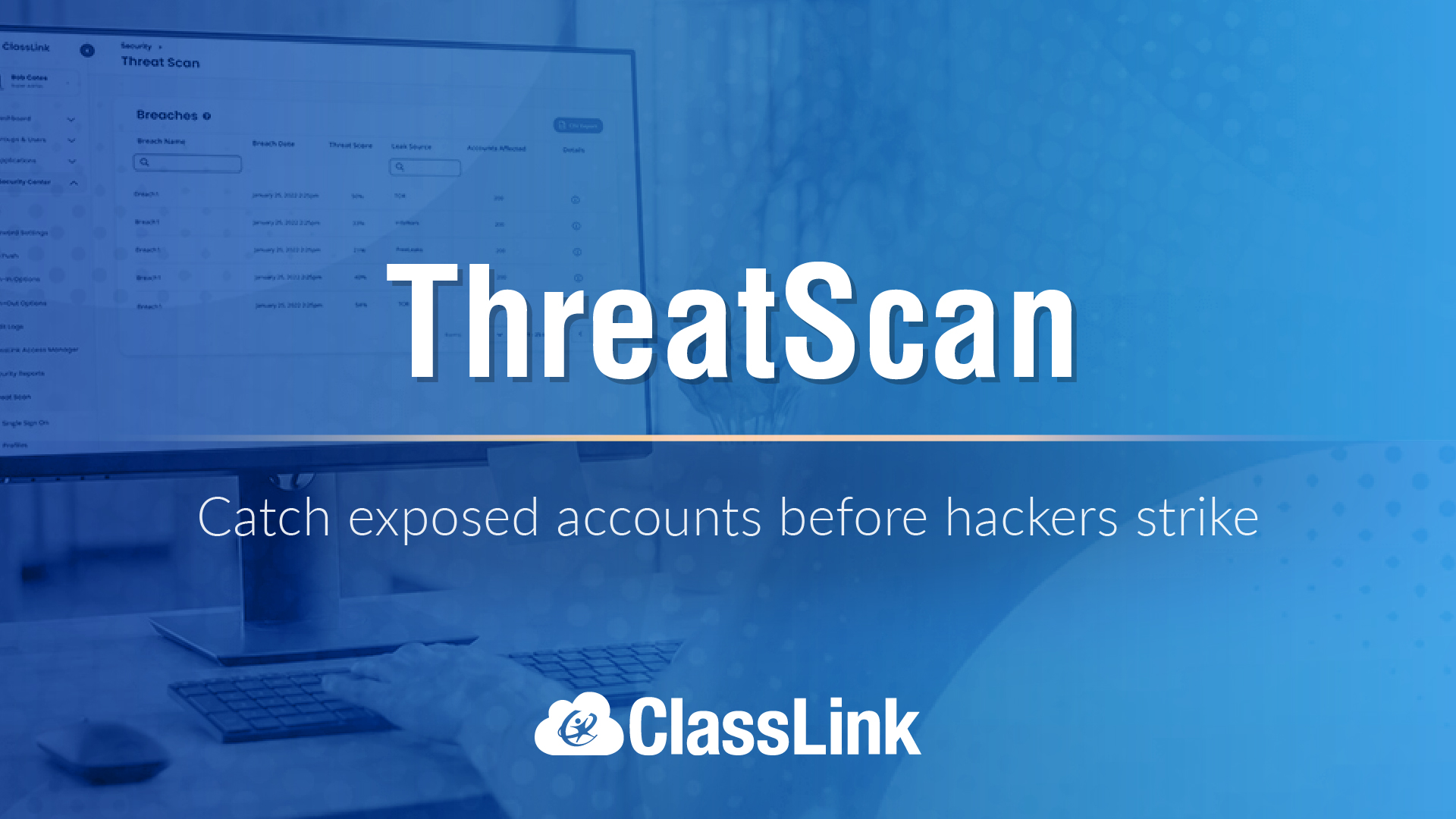Maximizing Existing Technology Before Adding More: What To Know
When education institutions prioritize thoughtful technology use over constant acquisition, they can save resources and build a stronger culture of purpose-driven innovation.

In today’s technology-rich environment, educational leaders face constant pressure to adopt new technologies, particularly with the current explosion of predictive, reactive, and generative AI tools. These tools promise to improve student outcomes, streamline operations, and modernize learning environments.
Yet, amid this excitement, many institutions overlook a critical issue: ensuring that existing technologies are being used to full potential before investing in new ones. Equally important is the ability to strategically phase out tools that no longer serve the institution’s mission.
Without these actions, schools and colleges risk financial waste, user confusion, and missed opportunities for impact. Within our current environment, where most schools are struggling with both budget issues and the ability to attract qualified staff, increasing the productivity of those who are currently engaged is important.
For instance, do the office staff know how to fully use the organization’s productivity software? In working with a variety of staff over the years, I have seen executive assistants manually striking out words and underlining new ones in revising policy documents. Showing them how to use the track changes function in Word saved them hours per month in tedious formatting. Another example was when an assistant was taking days to manually email a long list of prospective students instead of using Mail Merge to complete the task in under 30 minutes.
Both of these examples come from basic word processing software. Think of how much additional time can be saved within educational institutions if this basic tool was fully understood. Providing training on more advanced systems could then potentially enhance productivity even more.
The Risks of Unnecessary or Premature Expansion
When new tools are adopted without first evaluating the performance and use of current technologies, the consequences can be significant. Financially, institutions may find themselves paying for overlapping platforms or unused licenses. Instructionally, faculty and staff may experience platform fatigue, juggling multiple systems with redundant features, inconsistent interfaces, and varying levels of support. Students, too, suffer when digital learning environments become fragmented and confusing.
Consider a district that implements a new learning management system (LMS) while still supporting legacy systems from previous initiatives. Teachers may be unsure which tool to use, parents may receive communications from multiple platforms, and students may encounter varying expectations across courses. The result can be frustration, underuse, and often, a return to analog workarounds. Poorly implemented technologies can have a negative impact on morale as well.
Tools and ideas to transform education. Sign up below.
Technology decisions should not be driven by vendor pitches or novelty but by data, user feedback, and strategic alignment with educational goals.
Assessing Current Technology Use
Before expanding an organization’s technology footprint, educational leaders must conduct a thorough audit of what is already in place and how it is being used. This includes gathering data to understand usage patterns and stakeholder experiences.
Quantitative data might include:
- Login frequency of key systems
- User engagement with specific features particularly inside an organization’s LMS and more broadly, the Digital Learning Environment (DLE)
- Percentage of staff or students actively using the tools of the DLE
- Participation and satisfaction with technology professional development
Qualitative data should come from:
- Faculty and staff surveys or focus groups. It is recommended to conduct an annual technology survey to gather feedback
- Student feedback mechanisms including end of course surveys
- IT support logs or help desk trends. Help desk tickets should always be followed up with a systematic survey to make sure users are satisfied with IT support.
These data points help determine whether tools are being used effectively or merely tolerated.
Leaders must ask: Is this technology helping us achieve our goals? For example, if a platform is intended to promote individualized learning, is it doing so? Linkedin Learning is provided in many institutions, but how well do the people within the organization use it and do faculty know how to leverage it within their courses to support student success? These kinds of questions need to be answered first.
Maximizing What You Have
Once leaders have assessed current usage, the next step is to invest in maximizing the potential of those tools already in place. This may involve improving training, setting clearer expectations, and ensuring that staff and students understand the value of the tools at their disposal.
Professional development should go beyond single-shot training. Ongoing, job-embedded learning opportunities, such as peer coaching, tech mentors, and collaborative professional learning communities, are far more effective in cultivating meaningful use. A variety of formats should be provided for training. Some will prefer face-to-face training, others might be fine with virtual training, while others might be willing to use a self-paced online training platform. Providing choice is an important way to engage participants.
Leaders should establish clear guidelines for what effective technology use looks like. For example, “All teachers will use the LMS to post weekly assignments and communicate with families” is a more actionable expectation than a pronouncement to “Use the LMS.” Leadership should additionally provide resources for users to refresh their training.
Sharing stories of how technology has improved teaching, learning, or operations reinforces its value and encourages wider adoption. A teacher who shares how a formative assessment app helped identify struggling students, or a student who benefited from assistive technology, can be more persuasive than any vendor demo.
Conclusion
When institutions prioritize thoughtful use over constant acquisition, they not only save resources but build a stronger culture of purpose-driven innovation. Strategic leadership in technology is never about the tools, it’s about using the tools to advance the organization’s mission and goals.
Steve Baule served as a technology director, high school principal, and superintendent for 20+ years in K-12 education. He is currently the director of Winona State University’s online educational doctorate program in Minnesota.
